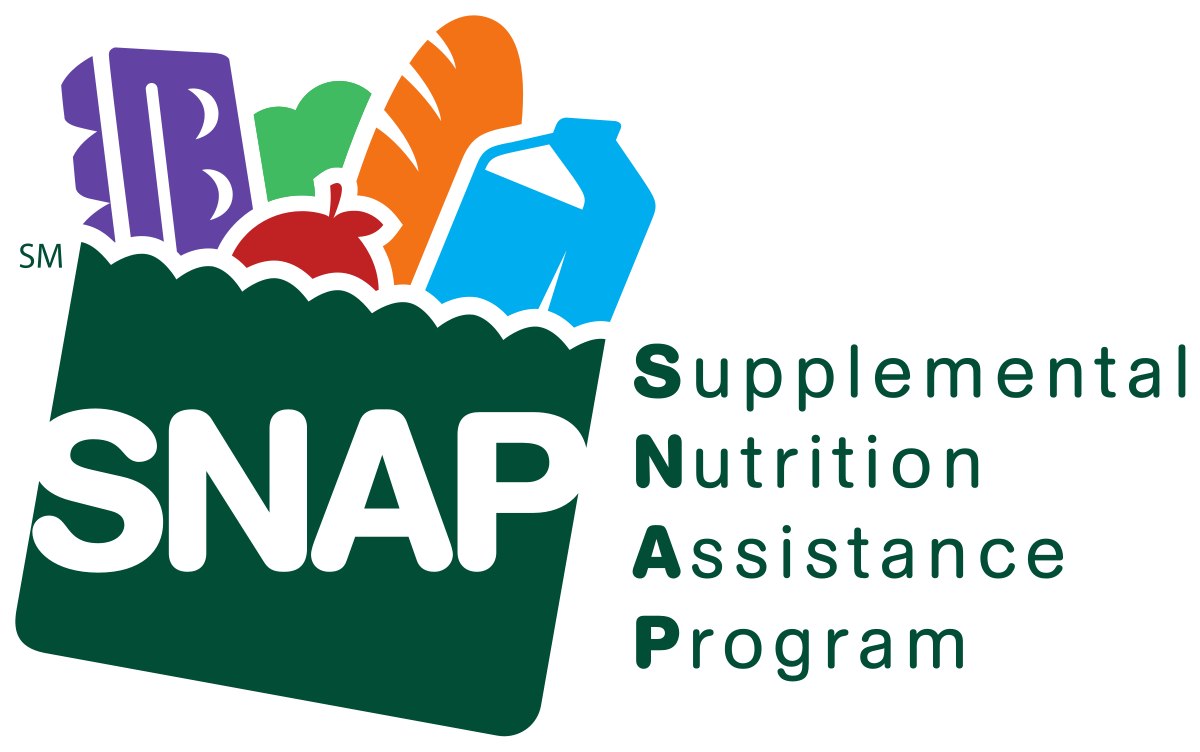After the government dialed back on SNAP eligibility and pandemic relief benefits, SNAP households reduced their monthly food and beverage spending by about 35 percent of cut benefits, according to Circana. This means that if SNAP benefits were cut by $200, the reduced overall food and beverage spending would be about $70 less per month.
The elimination of extra SNAP benefits reduced food and beverage aid by $23 billion annually.
SNAP households have also decreased their spending on non-food items at over three times the rate of their spending on food and beverages, which is a reversal from their spending in the early stages of the pandemic when COVID-related benefits provided more spending money. The discretionary spending savings subsidizes SNAP households' at-home and away-from-home food and beverage spending.
“We continue to monitor changes in buying behaviors of SNAP households,” says Alastair Steel, executive of client engagement at Circana, in a statement. “Over the coming months, SNAP households may reduce their discretionary spending more than they have to date to free up dollars for food and beverage purchases. The SNAP benefit cuts are still likely to impact food and beverage spending for these consumers in the months ahead.”
SNAP benefits can only be used for food and beverage purchases at grocery stores and other retail outlets. Still, with the money saved from reducing non-food purchases, and competitive pricing to making a meal at home, SNAP households have increased their use of quick-service restaurants. Pizza chains represented the largest share of their visits, and hamburger quick-service restaurants represented 18 percent of SNAP recipients’ spending and visits.
Related: Certain Food Categories Face Higher Prices; Georgia Peaches in Jeopardy

